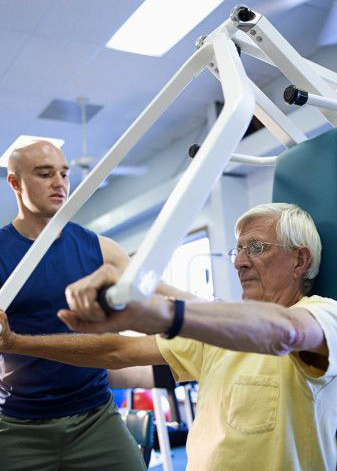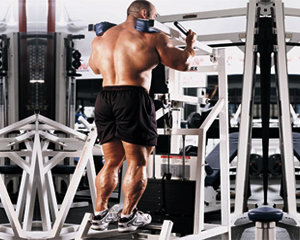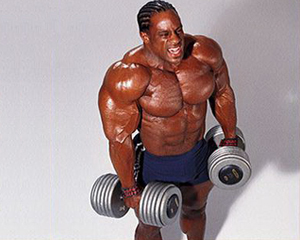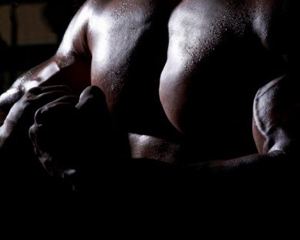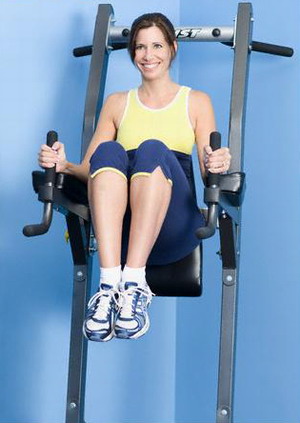BENDING FOOT LEGS
 Performing flexion lying fully loads on all the muscles of the back of the thigh, as well as the calf. Given the isolating nature of the exercise, bending the legs would be the best choice for working on the relief and the separation of the muscles of the back of the thigh.
Performing flexion lying fully loads on all the muscles of the back of the thigh, as well as the calf. Given the isolating nature of the exercise, bending the legs would be the best choice for working on the relief and the separation of the muscles of the back of the thigh.
In addition, leg flexion is a movement characteristic of many other sports, which means that this exercise will allow you to improve your athletic achievements in such disciplines as football, basketball, running, athletics, jumping, wrestling, gymnastics, acrobatics, swimming and many others.
Technique performing bending legs
1. Lie face down on the bench so that your knees are on the edge. Fasten your ankles with special rollers, and grasp the edges of the bench or specially designed handles with your hands. This is the starting position.
2. Inhale and, holding your breath, gently bend your knees, trying to bring the roller to touch the back of the thighs.
3. On the exhale, gently lower the legs back. And without pausing in the starting position, perform the required number of repetitions.
It is important:
If there is such an opportunity, perform an exercise on the bench with an bend in the groin area, this increases the effectiveness of the exercise due to the maximum stretching of the muscles of the back of the thigh. It is also important to work with the maximum amplitude: fully straightening and bending the legs.
In this exercise, as in any other, the pace of its implementation is important. Slow – the risk of knee injury, fast, especially with jerks – traumatic for the lumbar region. The overall moderate pace will be optimal for execution, but with acceleration at the beginning of the climb.
Be careful about the position of your knees, they should be completely beyond the edge of the bench.
Stretching the feet will increase the load on the calf muscles, but there is a risk of spasms in the calves.
Do not allow a strong superiority of one muscle group over another: quadriceps and biceps of the hips, this is fraught with injury to the knees. Therefore, follow the uniform development of both muscle groups.
Exercise options
Standing leg flexion
Bend legs sitting
And besides these options, performed in special simulators, you can change the emphasis of the load by turning the fraught with injury the exercise:
By turning the socks inward, you increase the load on the biceps of the hips.
And in the case of a reversal of socks to the sides, you are more likely to force the semimembranous and semitendinosus muscles to work.
Working muscles
hip biceps
semitendinosus
semi-membranous muscle
